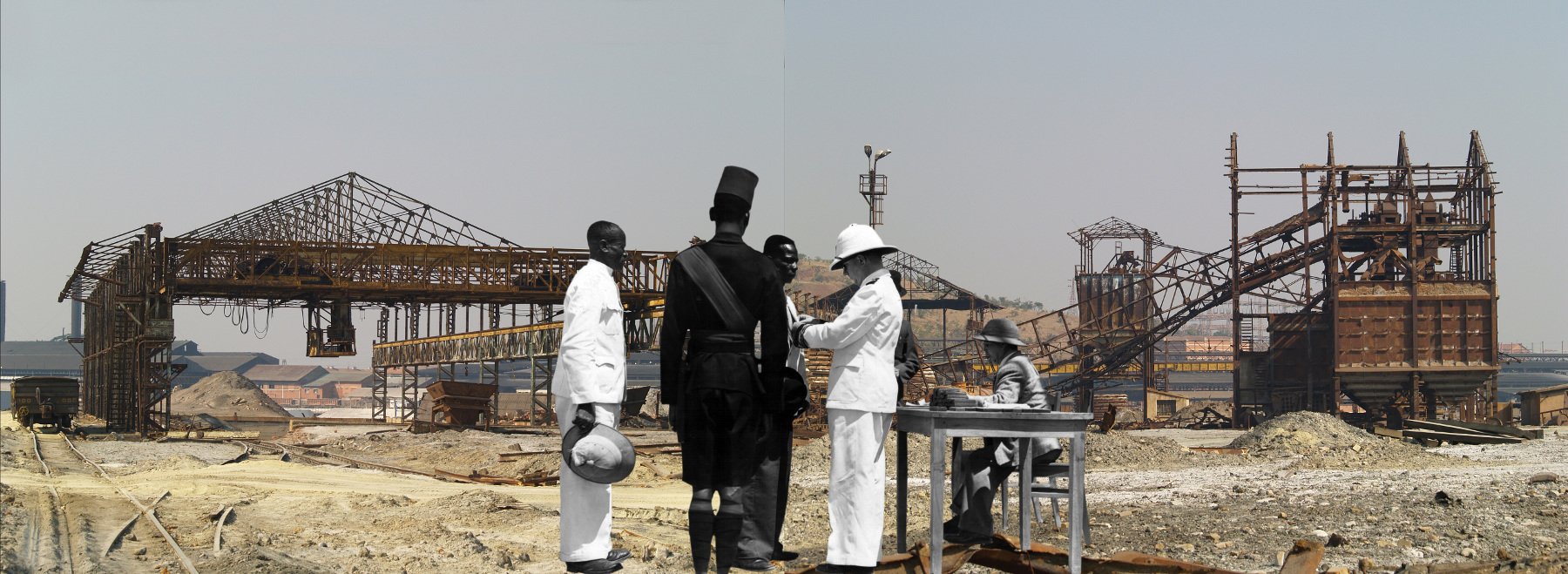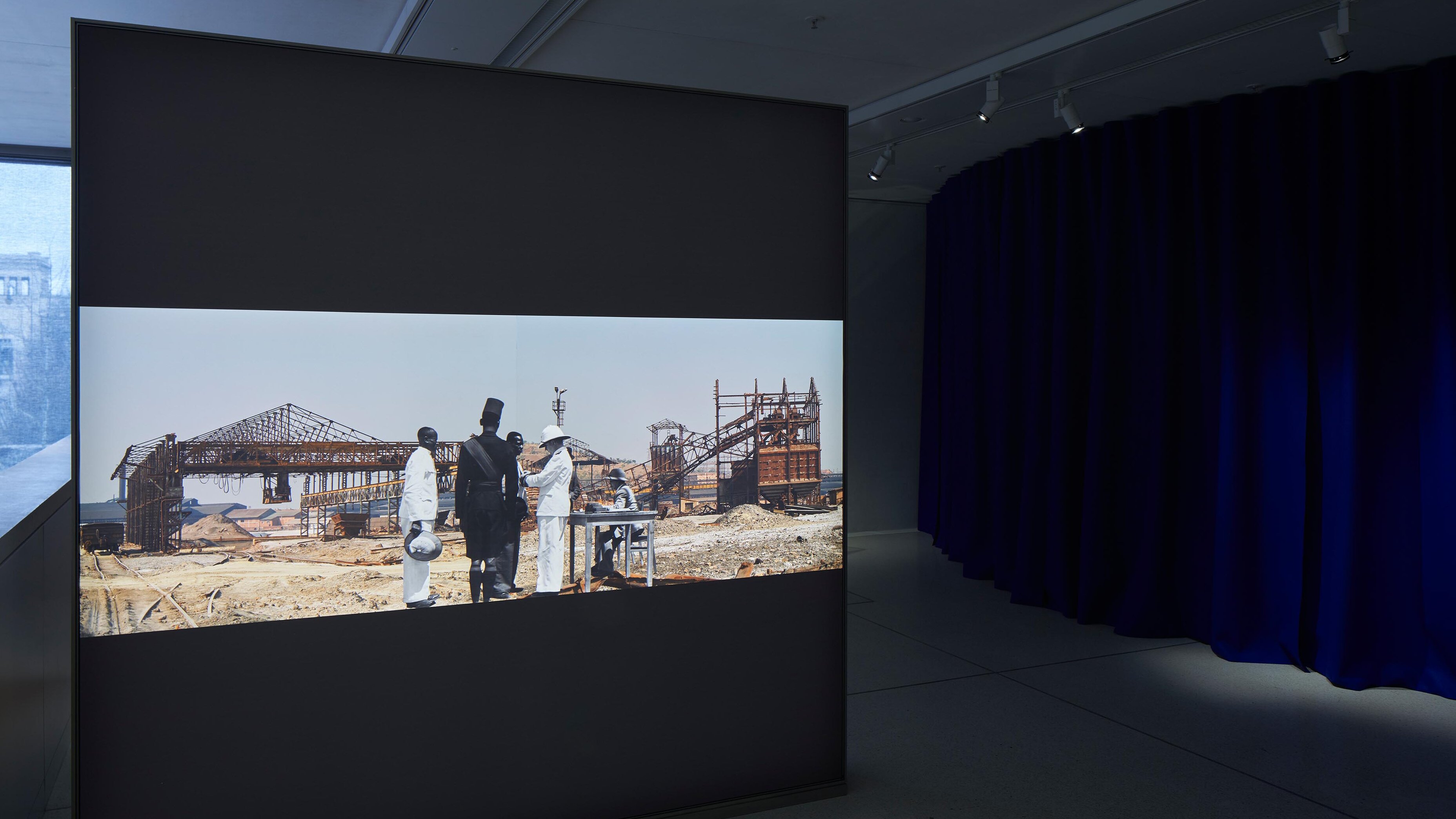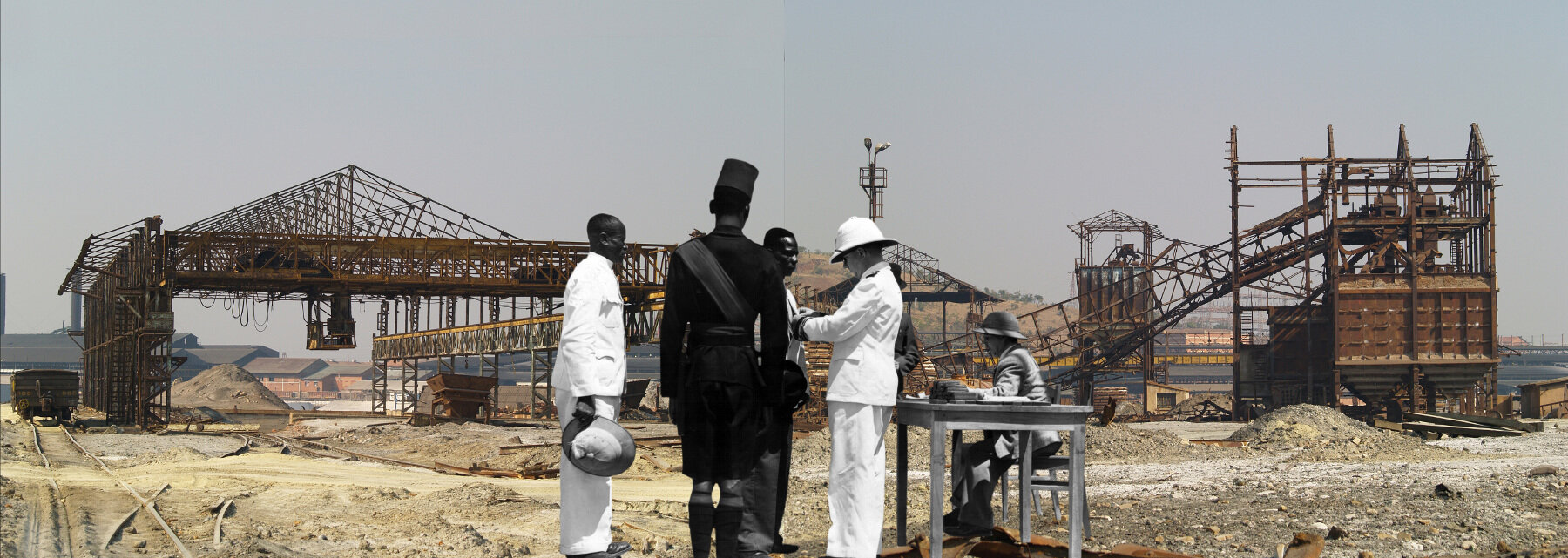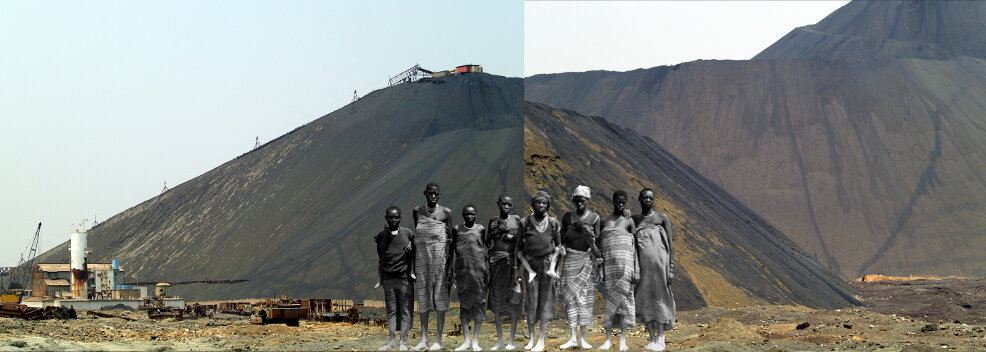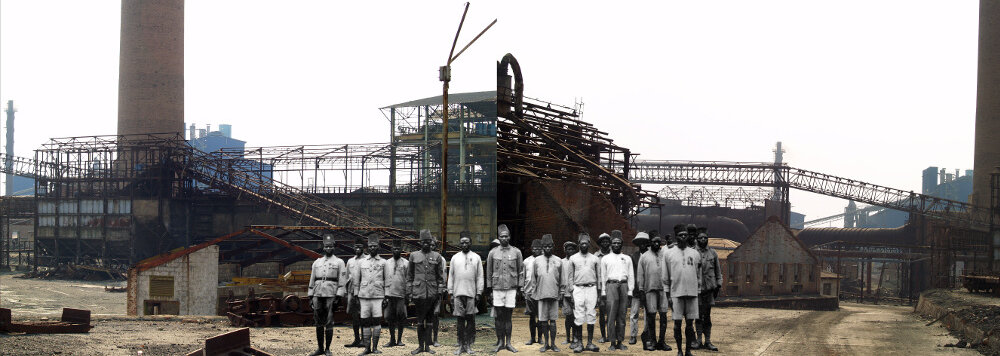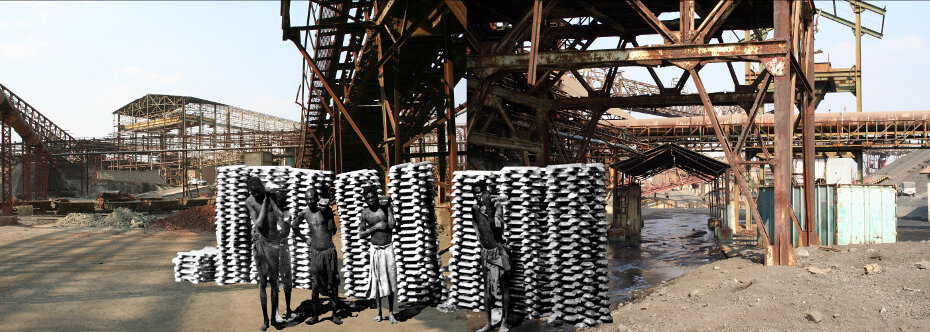About the artist
Sammy Baloji (born in Lubumbashi in 1978) is a photographer and video artist. His multimedia work focuses on examining the history of the Democratic Republic of the Congo, especially his home region of Katanga. In his works, he weaves material and narrative history together and points out the cultural and economic consequences of raw material production and exploitation. He sets reality and representations in stark contrast to each other to reveal past and present tensions in the day-to-day lives of Congolese people.


